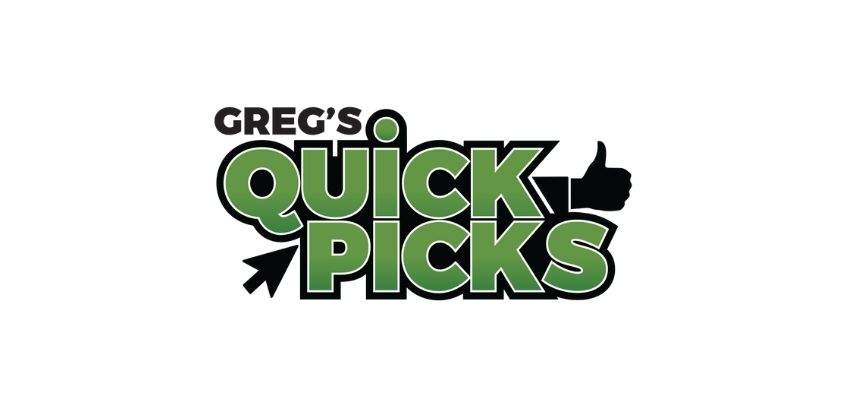
Why We’re In The Middle Of A Competitive Home Seller’s Market
In December 2020 there were 449,000 fewer homes on the market than in December 2019 — a 36.9% decrease that also marked the first time that active listings fell below 700,000, according to realtor.com records. However, sellers listed new homes for sale at nearly the same rate as the previous year — just 0.8% down year-over-year (YOY) nationally.
Seller Activity Across The U.S.
Regionally, newly listed homes increased in most of the West by 30.8% YOY and in the Northeast by 15.0%, remained flat in the Midwest (0.2%), and declined by 4.0% in the South. The West’s surge in listings is primarily attributed to San Jose (+123.8%) and San Francisco (+98.9%). Cities that have seen large declines in newly listed homes include Nashville (-19.9%), Memphis (-18.5%), and Charlotte (-16.0%).
Buyer Activity Across The U.S.
Homes in large metropolitan areas have seen the greatest decline in days homes spend on the market, compared to last year:
- Virginia Beach: -28 days
- Hartford: -23 days
- Louisville: -23 days
Four markets saw an increase, compared to the previous year:
- San Diego: +6 days
- Miami: +5 days
- Buffalo: +3 days
- New York: +2 days
Double-Digit Growth in Median Home Listing Price
According to realtor.com, “The median national home listing price grew by 13.4% over last year, to $340,000 in December, higher than last month’s growth rate of 12.7%.” In addition, “The nation’s median listing price per square foot also grew by 15.9% compared to last year, an acceleration from the 15.4% growth seen last month.”
Home prices in 50 large metropolitan areas are increasing significantly in northeastern markets, at an average rate of 12.2% over last year. This is compared to 10.4% for western metros, 8.6% for midwestern metros and 6.7% for southern metros. Cities with the highest YOY median list price growth in December include Austin (+20.0%), Riverside-San Bernardino (17.2%), and New Orleans (+16.8%).
High buyer demand in these winter months is a departure from historical seasonal trends. Unusually low inventory “is pushing prices higher — erasing much of the savings from record low mortgage rates — and making it harder for buyers to get a deal,” according to a yahoo!money article.
Price acceleration is also eroding the benefit of historically low rates. Freddie Mac records show the rate on the 30-year fixed mortgage reached 2.65% the week beginning January 4th. Low mortgage rates translate into greater savings for those looking to refinance. CoreLogic Deputy Chief Economist Selma Hepp expects low rates to persist and offer a boost for homeowners looking to refinance and buyers.
In a yahoo!money article, senior economist at Realtor.com George Raitu said, “Even with lower mortgage rates, prices rising by double-digits are starting to dampen affordability, especially for younger and first-time buyers.”
What to Expect in 2021
Home buyers can expect to see more record low inventory levels in 2021. Danielle Hale, chief economist at realtor.com said, “The shortage of homes for sale has been an ongoing issue for the last couple of years, but in December, the combination of the holiday inventory slowdown and the pandemic buying trend caused it to dip to its lowest level in history.”
Hale adds that a surge of new COVID cases may keep some sellers from entering the market, keeping inventory levels very low.
Closing Thoughts
QuickDraw Fund Control wanted to share these important insights with you to inform your business decisions. Please feel free to contact us with any questions.
Sources:
https://money.yahoo.com/homes-for-sale-hit-low-214116976.html
https://money.yahoo.com/mortgage-rates-hit-record-low-to-start-2021-191555305.html
https://www.realtor.com/research/december-2020-data/
